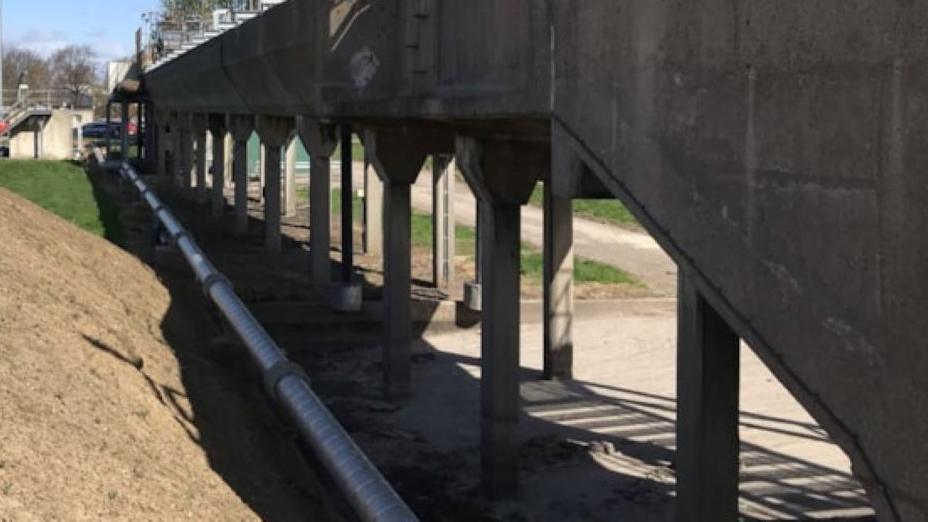Rivers funding boost to help fish migration
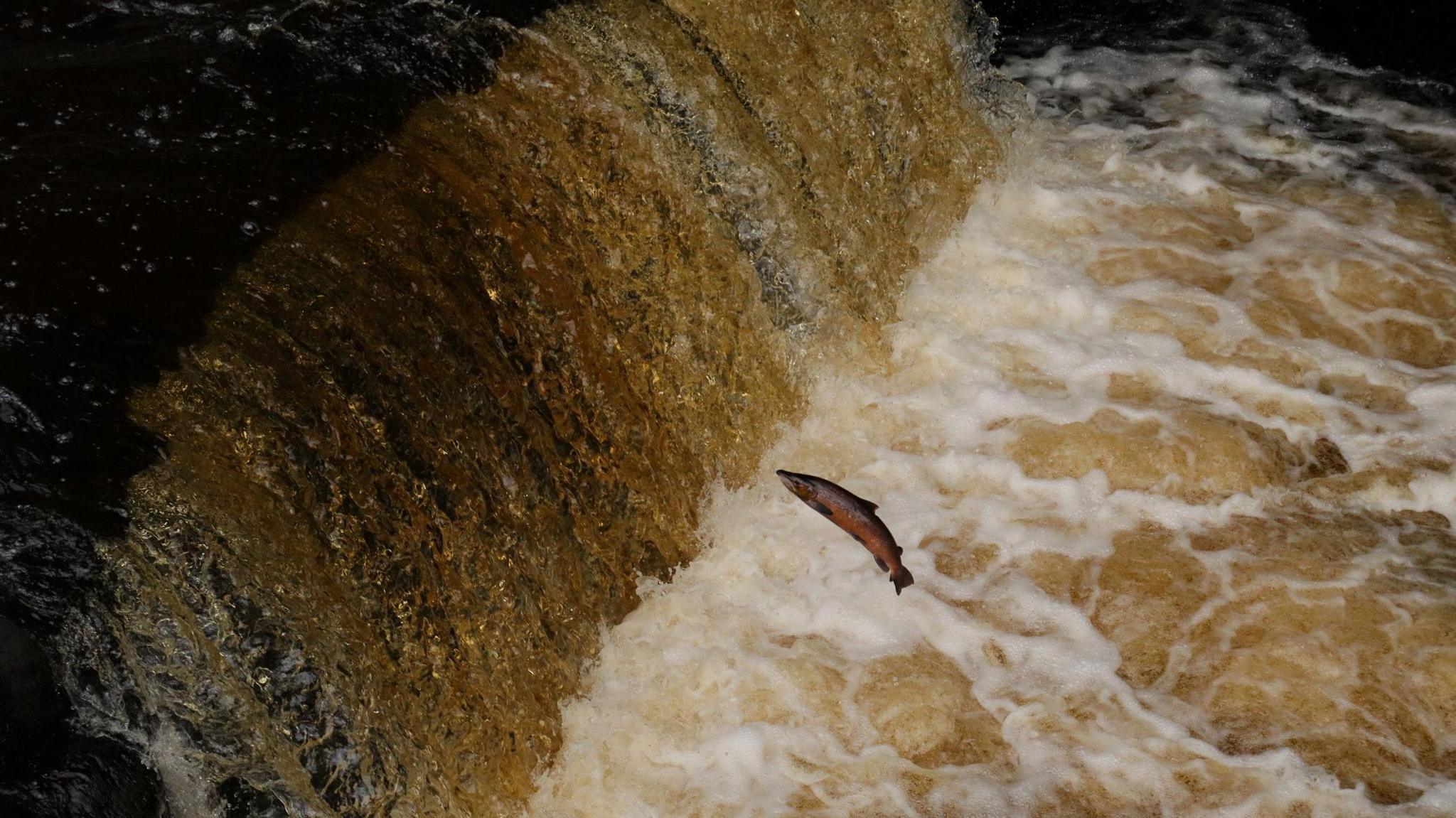
It is hoped the work will open up the waterways to revive ecosystems and allow fish to move freely
- Published
Yorkshire's rivers are being cleared of physical barriers linked to the region's industrial past to support fish migration and improve habitats.
The work is part of a £21m programme to remove or modify structures, many associated with mills and heavy industries that were powered by Yorkshire's waterways.
Led by the Environment Agency, the Rivers Trust and Yorkshire Water, the partnership seeks to reconnect waterways, enabling fish to travel freely and breed.
Anna Gerring, the Rivers Trust's deputy director for strategy and development, said that tackling barriers to fish migration would also bring wider environmental benefits, including improved water quality and enhanced biodiversity.
Over the last 10 years, more than 100 obstacles have been removed, including the Hirst Mill Weir on the River Aire, Stocksbridge Weir on the River Don, and Bowers Mill Weir on the Black Brook near Halifax.
Earlier this year, Atlantic salmon have been confirmed as breeding in the River Don for the first time in more than two centuries after more than 20 years of work to reconnect the river, allowing salmon to return.
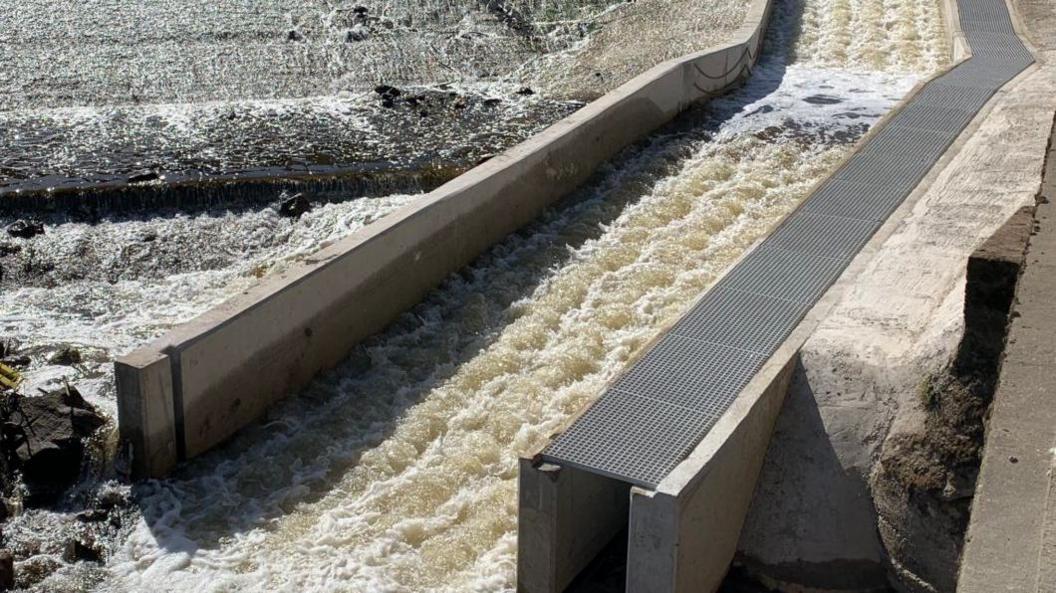
A chain of fish passes, completed with this one at Masbrough Weir in 2020, has helped make the River Don more navigable for salmon
As part of the next phase of funding, Yorkshire Water said it had secured £11.4m, with an additional £10m to be targeted through the wider partnership.
The money would support work to open up 310 miles (500km) of river habitat across Yorkshire over the next five years, the organisations said.
Tim Hawkins, the firm's director of strategy and regulations, said: "We can't tackle artificial barriers or recover rivers at scale alone.
"Working in partnership, however, allows us to operate differently, expand our ambitions and collectively we can deliver what's right for the environment and, ultimately, what is right for our customers too."
'Environmental indicators'
The partnership, known as Great Yorkshire Rivers, has set a target to transform the county's waterways into thriving ecosystems by 2043.
Delivery partners include Aire Rivers Trust, Don Catchment Rivers Trust, Natural England, Yorkshire Dales National Park Authority, Yorkshire Wildlife Trust and the Canal and River Trust.
Jenni Balmer, deputy director of nature recovery at the Environment Agency, said: "Fish are environmental indicators of the health of our rivers and lakes.
"And right now, they are under pressure from every direction - water quality, water quantity, and degraded habitats."
Get in touch
Tell us which stories we should cover in Yorkshire
Listen to highlights from West Yorkshire on BBC Sounds, catch up with the latest episode of Look North.
- Published20 August
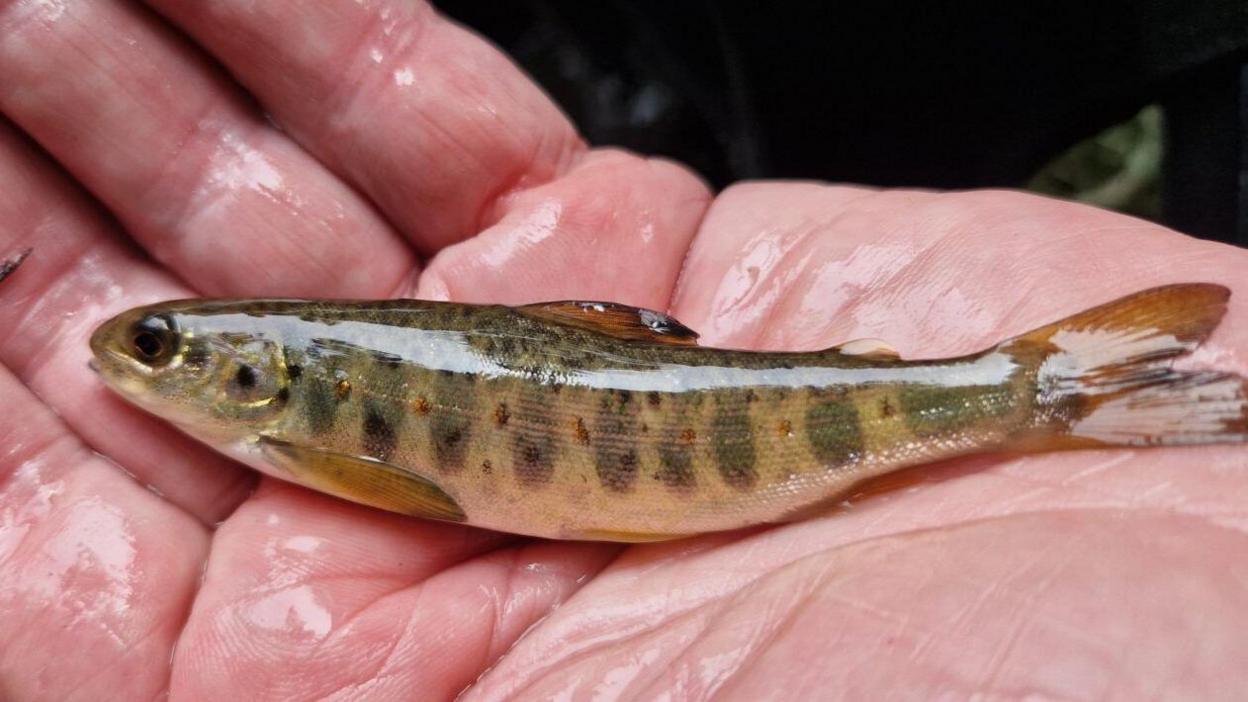
- Published20 March
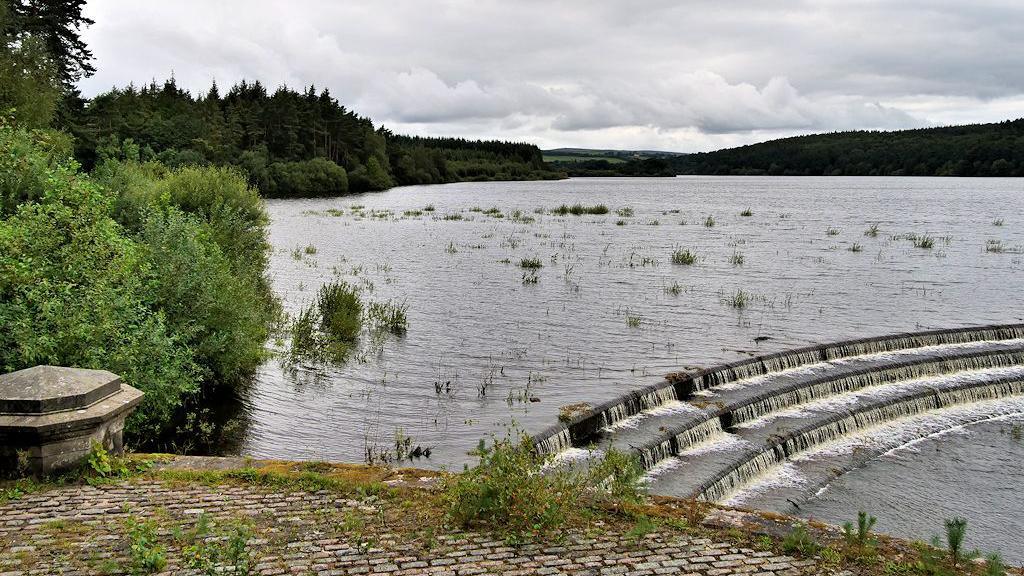
- Published19 June 2024
